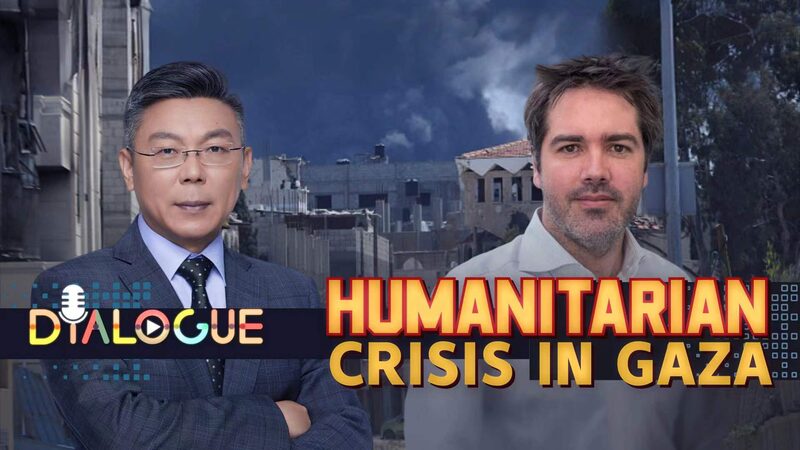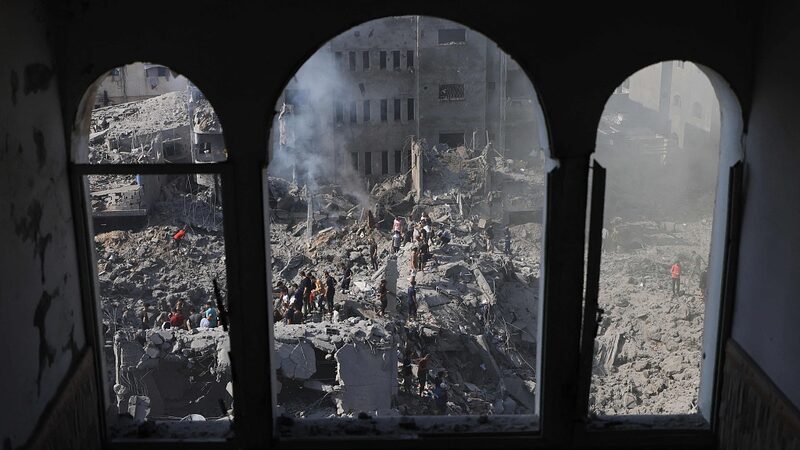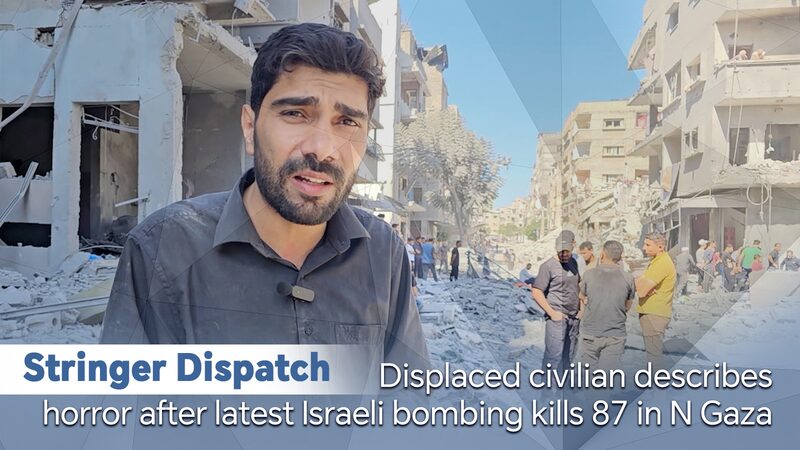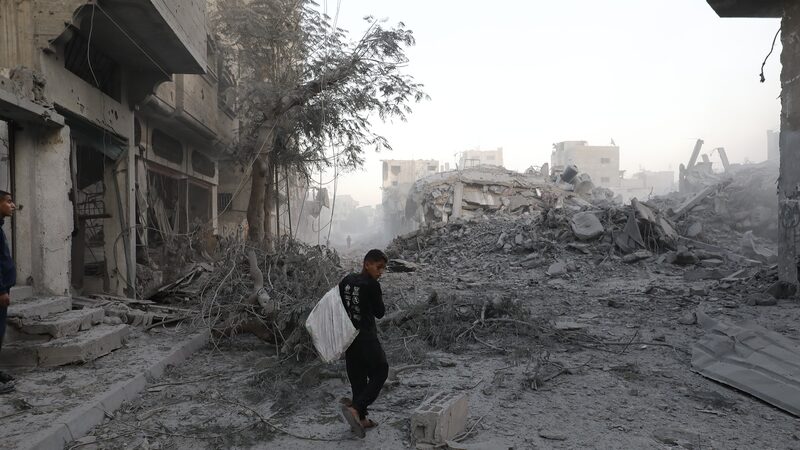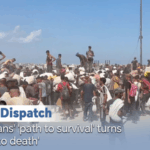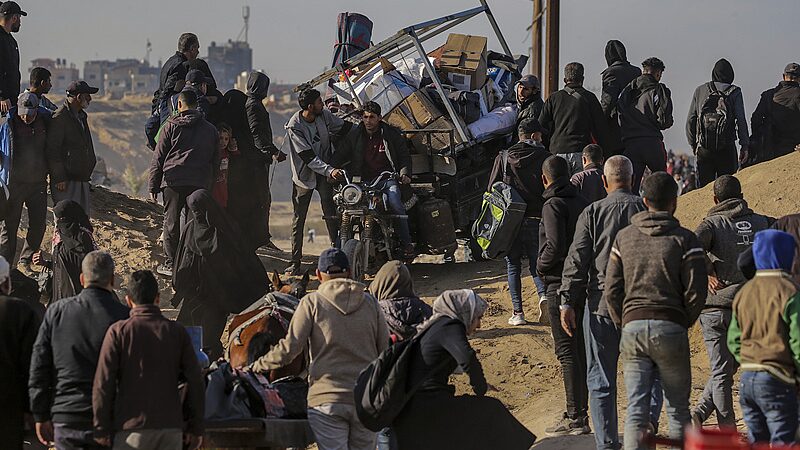As the conflict in Gaza enters its sixth month, the staggering toll—33,000+ lives lost and 2 million displaced—has left the world grappling for answers. Humanitarian workers, the lifeline for basic survival, face relentless danger as they deliver aid under fire. But why is their mission so fraught? We spoke to Christopher Lockyear, Secretary General of Médecins Sans Frontières (MSF), to uncover the harsh realities on the ground.
‘We’re Not Just Delivering Aid—We’re Dodging Bombs’ 💔
Lockyear describes Gaza as a ‘hellscape,’ where blocked supply routes and attacks on aid convoys have turned simple tasks into life-or-death gambles. ‘Healthcare facilities are overwhelmed, and our teams are working in constant fear,’ he shares. Despite international calls for ceasefire, Israel’s restrictions on critical supplies like fuel and medicine have left hospitals operating ‘like war zones within war zones.’
Rafah Offensive: A Ticking Time Bomb ⏳
With Israel signaling a potential military push into Rafah—a city sheltering over 1.4 million displaced people—Lockyear warns of catastrophe. ‘An invasion here would collapse the last shreds of Gaza’s healthcare system,’ he says. MSF reports that even limited strikes have already destroyed water pipelines and makeshift shelters, pushing displaced families ‘into pure survival mode.’
Can the World Act Before It’s Too Late? 🌐
Lockyear urges global leaders to prioritize humanitarian access: ‘Every delay costs lives.’ Yet with diplomacy stalling, Gaza’s crisis risks spiraling further. For now, MSF and others race against time, but as one worker put it: ‘We’re not just fighting to save lives—we’re fighting to keep hope alive.’
Reference(s):
Death and pain, is that all that faces humanitarian workers in Gaza?
cgtn.com
